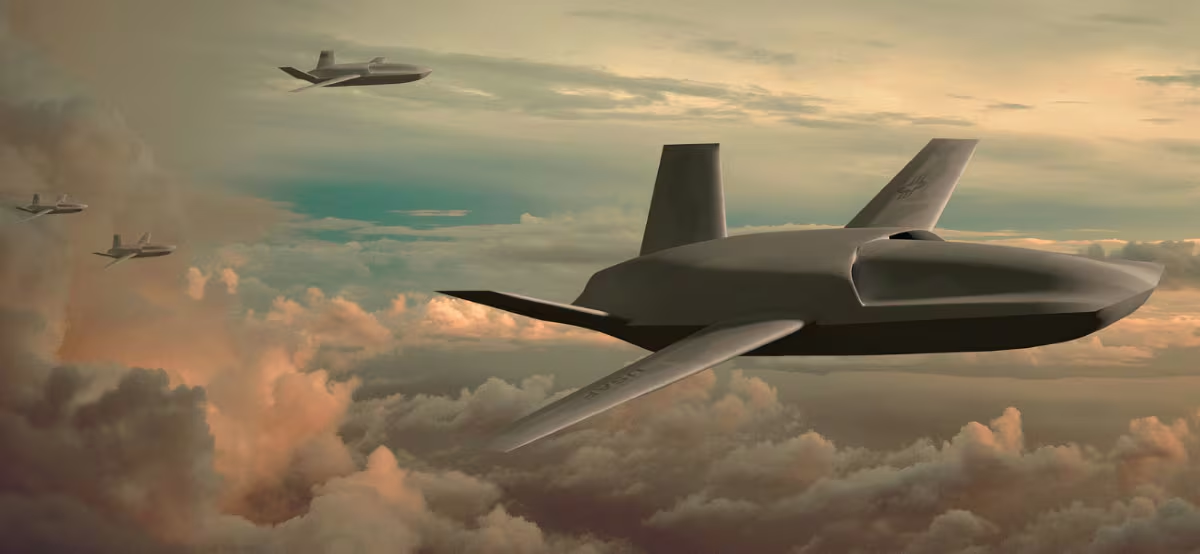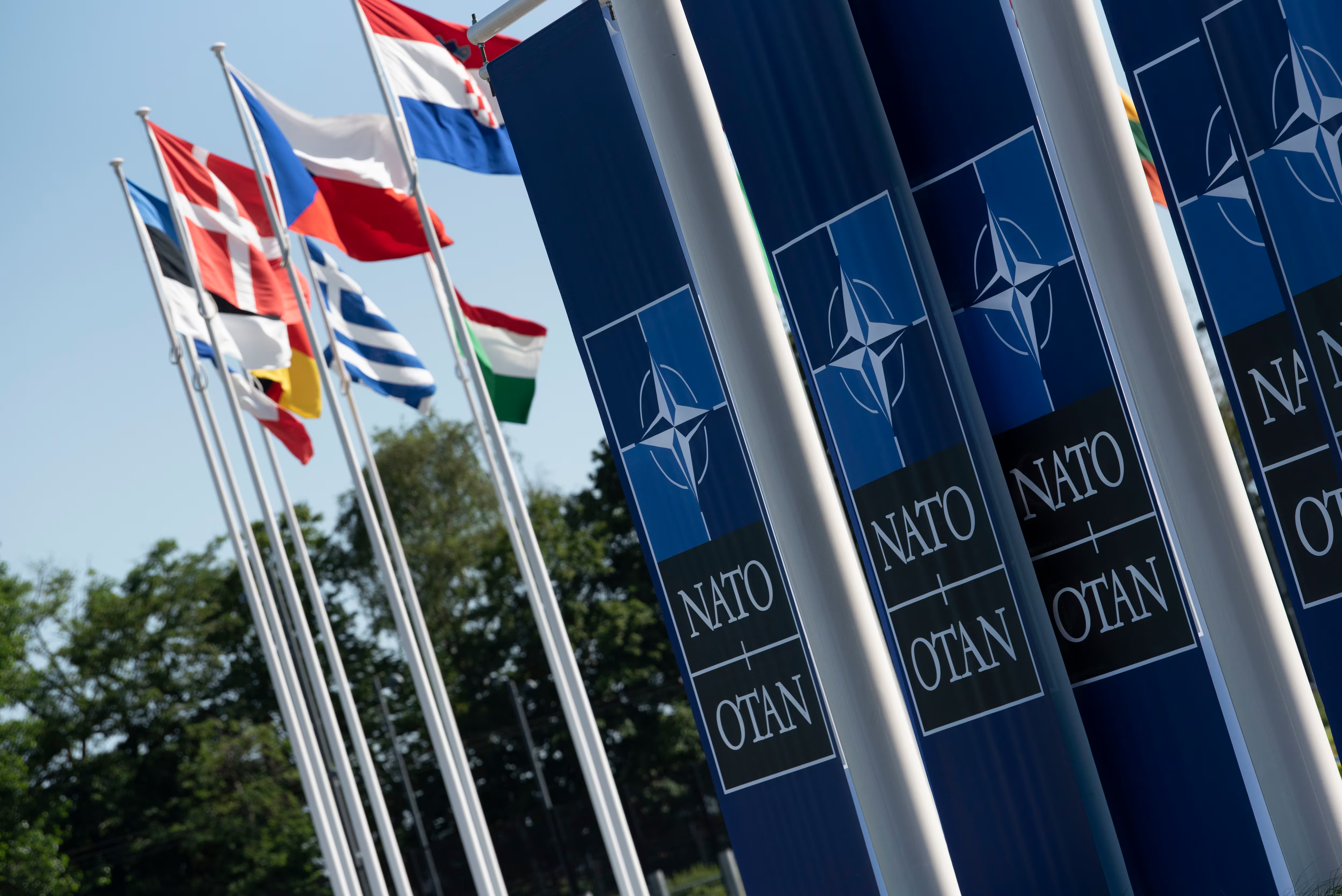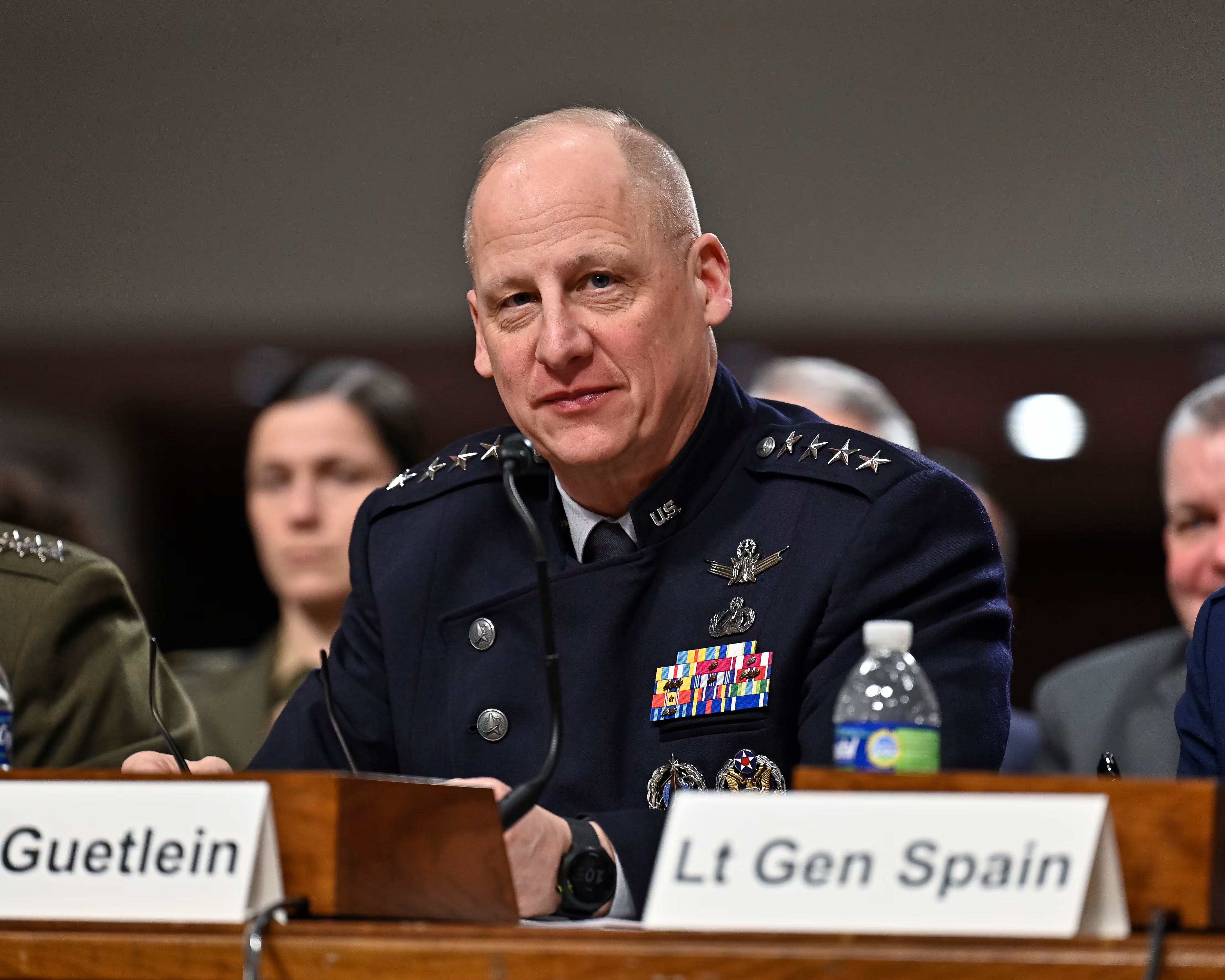WASHINGTON — When it comes to overseeing the Air Force's next-generation bomber, Congress has a fine line to walk.
The Air Force wants to keep certain details about the B-21 under wraps to protect the program from foreign competitors who might try to steal its cutting-edge technology. But on a potentially $100 billion program, some argue the taxpayers deserve to know exactly where their money is going.
The Pentagon has released few concrete details about the highly classified program. The aircraft's size, weight and payload remain unknown, as do the extent of its stealth capabilities. The Air Force has not even disclosed the value of the Oct. 27 initial development contract award to Northrop Grumman, although the service did recently release the names of the seven major subcontractors on the plane.
The Pentagon is procuring the B-21 via the Air Force's secretive Rapid Capabilities Office, a small group inside Air Force acquisitions that handles classified programs such as the X-37B spacecraft. The RCO is exempt from many of the rules and regulations Congress usually imposes on a normal acquisition program. But at $3 billion a year, the B-21 is significantly larger than those that the RCO traditionally handles, Jeremiah Gertler wrote in an April 16 Congressional Research Service report.
Congress must determine whether the advantages gained through using the secretive RCO outweigh the challenges of adequately overseeing a highly classified program, Gertler wrote.
"Although this approach may improve the speed and ease of the acquisition, Congress has relatively little experience overseeing rapid acquisitions processes," he wrote. "Congress may wish to consider whether its ability to oversee such acquisitions is sufficient, and if the advantages gained through rapid acquisition processes outweigh the challenges of oversight when applied to major defense acquisition programs."
Congress' job is made all the more challenging by the fact that the unclassified budget for the B-21 is only a portion of the overall funding planned for the program, Gertler noted. The Air Force has said the B-21 will be part of a family of systems for future, long-range strike, raising the possibility the service is working on additional capabilities that might not be laid out in the budget blueprint.
"If they are essential to some or all of the B-21's missions … the cost of those enablers might be considered as part of the cost of the B-21," Gertler wrote. "DOD has not publicly identified these enabling systems, nor where in the budget their development appears."
Congress may also consider revisiting the Pentagon's legally mandated Independent Cost Estimate for the bomber, a requirement of all acquisition programs since 2009, Gertler wrote. He noted that the estimated cost — $21.4 billion in 2010 dollars — was significantly higher than Northrop Grumman's winning bid, a fact first revealed by Loren Thompson of the Lexington Institute in November.
Both Northrop and Boeing's proposals for the B-21 competition were "considerably lower" than either the Air Force's budget estimate or the ICE, developed by the DoD's office of Cost Analysis and Program Evaluation, Gertler wrote. This led the Air Force to revise its funding profile for the bomber over the next five years down $3.5 billion, he noted.
"In the past, contractors have been accused of bidding unrealistically low prices in order to win a given contract, then using their incumbency to appeal for higher appropriations," Gertler wrote. "Congress may wish to revisit DOD's cost estimation to understand why the estimated cost was significantly higher than the actual bid."
Congress may decide that a different contracting structure, one where Northrop assumes more of the program risk, is more appropriate for the costly B-21.
As it stands, the B-21 contract awarded to Northrop on Oct. 27 will be divided into two parts: one cost-plus and one firm-fixed price. For the first phase, engineering and manufacturing development, the contract has been set up to be cost-plus with incentive; the second part, for initial production of the first five lots of aircraft, will be firm-fixed price. Those first five lots will cover the production of 21 bombers.
"Use of cost-plus-incentive-fee development, as in the current contract, appears to put some cost risk on the government, while firm-fixed-price procurement appears to put much of the risk for subsequent cost increases on the contractor," Gertler wrote. "Congress may wish to use its oversight mechanisms to verify that the contract can be executed at the price bid and/or select a contract type maximizing contractor responsibility to meet the bid price."
Email: lseligman@defensenews.com
Twitter: @laraseligman








